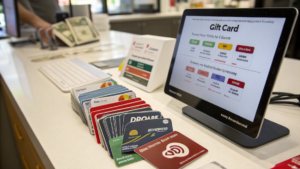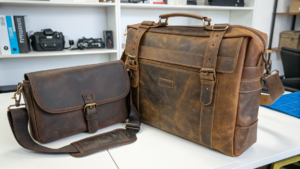Why Do Power Banks Explode on Airplanes?
Have you ever heard a news story about a power bank exploding on a plane? It is a scary thought, and it is not just a random event.
Power banks explode on airplanes due to issues with their lithium-ion batteries. These batteries can overheat and ignite if they are poorly made, damaged, or stored incorrectly, especially with changes in cabin pressure.
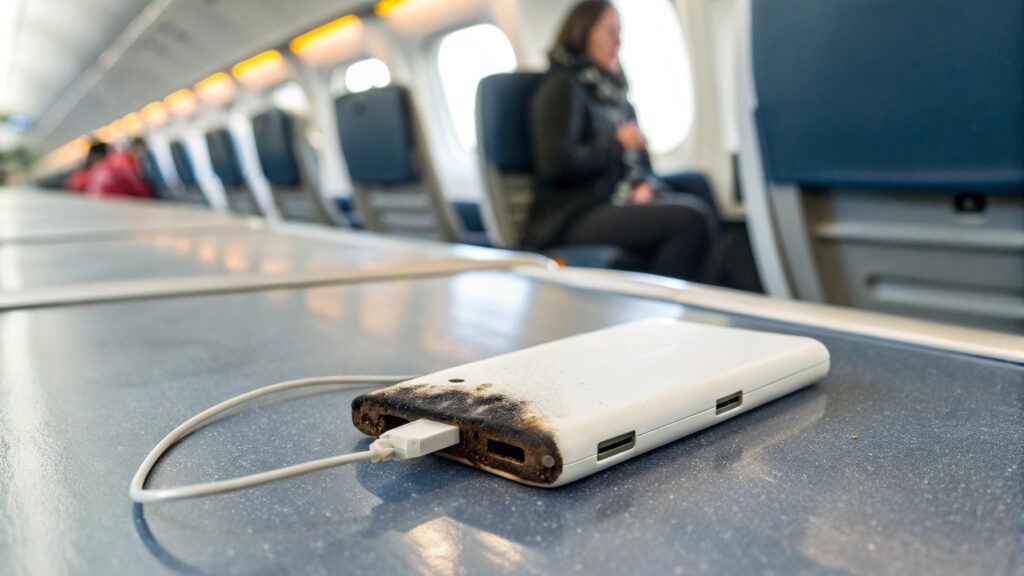
The explosion of power banks on airplanes is more than just a shocking news headline. It shows a bigger problem. Our need for modern energy clashes with what current battery technology can safely do. At the core of this issue is the lithium-ion battery. It is small, strong, and can be dangerous. These batteries hold a lot of power in a small space. They power our important devices. But if they are made, handled, or stored wrong, they can become a big danger on a plane. As a marketing manager, I often travel, and safety with electronics is always on my mind.
Why Can't You Take Power Banks on Planes?
Have you ever packed your bag for a trip and wondered why airlines have strict rules about power banks? It is not just to make things difficult.
You cannot put power banks in checked luggage on planes because of the risk of thermal runaway1 in their lithium-ion batteries. If a fire starts in the cargo hold, it is very hard to detect and put out, posing a serious safety threat.
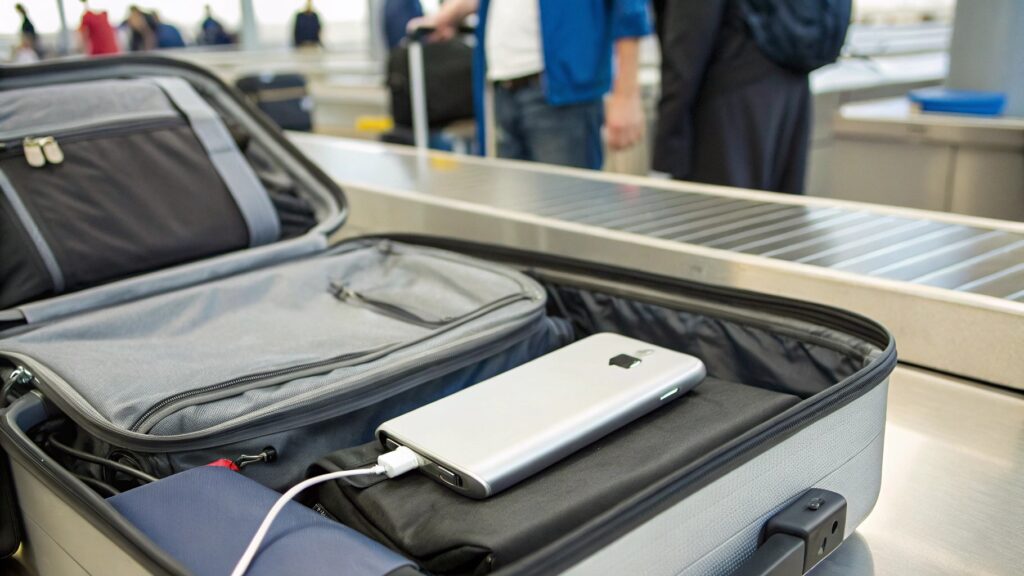
Airlines have strong rules about power banks. They tell you to keep them in your carry-on bags, not in checked luggage. The main reason is the risk of thermal runaway with lithium-ion batteries. This is a chain reaction where the battery overheats rapidly, catches fire, and can even explode. In the cargo hold, where checked bags go, any fire is much harder to spot quickly. Also, it is harder to put out. Fire suppression systems in cargo holds are not always designed to handle lithium-ion battery fires effectively. These fires burn very hot and can re-ignite. This makes them a major safety risk to the aircraft and everyone on board. So, the rule is there to protect lives.
The Specific Danger in the Cargo Hold
The cargo hold is different from the passenger cabin. In the cabin, flight attendants can usually spot smoke or fire quickly. They have fire extinguishers designed for electrical fires. In the cargo hold, bags are packed tightly. A fire can spread fast. It can also produce dangerous fumes. If a power bank catches fire in checked luggage, it might go unnoticed for a long time. This gives the fire more time to grow. This puts the entire flight at severe risk. This is why airlines are very clear: power banks must be in carry-on bags. This lets the crew deal with any issue right away.
Airline Regulations and International Standards
Airlines follow rules set by international aviation bodies. The International Civil Aviation Organization (ICAO) and the International Air Transport Association (IATA) set guidelines for carrying dangerous goods. These organizations classify lithium-ion batteries2 as dangerous goods. They have specific rules for how much power (measured in Watt-hours, Wh) you can carry and where. For example, most power banks up to 100 Wh are allowed in carry-on. Larger ones might need airline approval. These rules are not random. They are based on extensive safety research and real-world incidents. As someone who handles global logistics for corporate gifts, I always have to be aware of these types of regulations. Knowing these rules helps ensure both product and travel safety.
What Happens if You Put a Power Bank in Checked Luggage?
Have you ever accidentally left a power bank in your checked bag, or thought about doing so? It is important to know the potential serious outcomes.
If you put a power bank in checked luggage, it will likely be found during security screening. It will then be removed, and you risk your bag being delayed, or the power bank being confiscated. More importantly, it creates a serious fire hazard in the cargo hold.
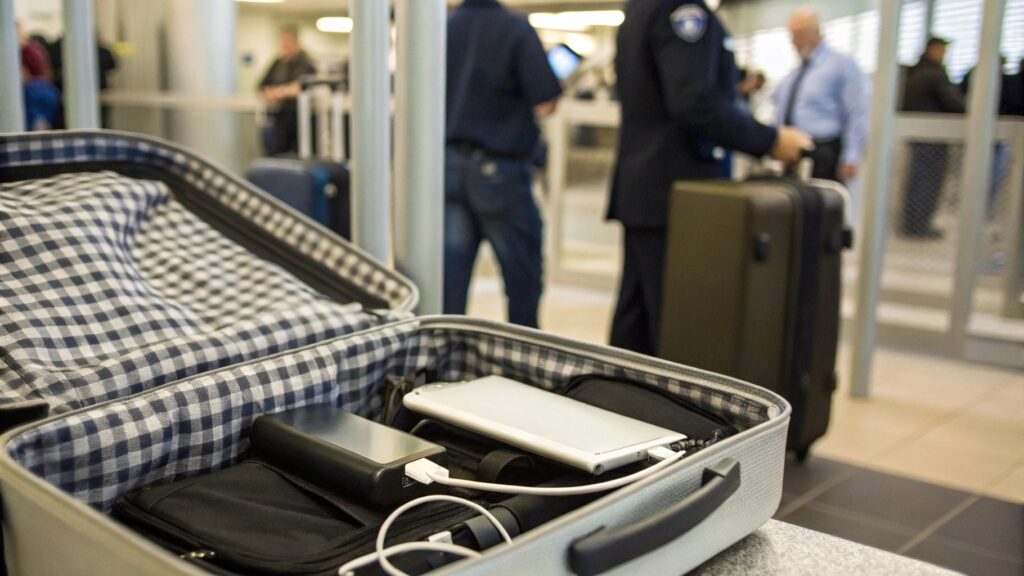
If you put a power bank in your checked luggage, a few things can happen. First, airport security (TSA in the US, or similar agencies elsewhere) will almost certainly find it. Modern baggage scanners are very good at spotting these items. When they find it, they will remove it from your bag. This means your bag could be delayed. Or, the power bank might be confiscated. You might not get it back. But the biggest concern is safety. As I explained, a power bank in the cargo hold is a serious fire risk. If it overheats and catches fire, it is incredibly dangerous. This is why the rules are so strict. It is not just about losing your power bank; it is about putting everyone on the plane at risk. As a marketing manager who ensures accurate details in product shipments, I understand how critical proper classification and handling are.
The Thermal Runaway Risk in Cargo
The real danger when a power bank is in checked luggage is thermal runaway. This reaction can be caused by changes in temperature or pressure in the cargo hold. It can also happen if the power bank is damaged by other luggage. If a power bank ignites, it produces very hot flames. These flames are hard to put out. They can also release toxic gases. The cargo hold is not built for dealing with such fires. There are no flight attendants there to see it right away. This can lead to a disaster. This is why the rules are non-negotiable. It is simply too big of a risk.
Consequences for Travelers
Beyond the immediate safety risks, there are consequences for travelers. If a power bank is found, your checked bag will be opened and searched. This causes delays, and you might miss your flight. If you try to argue or hide the power bank, you could face fines. In some cases, you could even face criminal charges. It is best to follow the rules to avoid these problems. Always double-check your bags before heading to the airport. Remove all power banks and spare lithium-ion batteries from checked luggage. Place them in your carry-on. My job often involves managing tight timelines for events and campaigns. Such delays would be a nightmare.
Are Power Banks Safe for Flights?
Given all the concerns, a big question remains: are power banks actually safe for flights at all? The answer is yes, with important conditions.
Yes, power banks are generally safe for flights, but only when carried in your carry-on luggage and used responsibly. Their safety depends on battery quality, proper handling, and adherence to airline regulations regarding Watt-hour limits3.
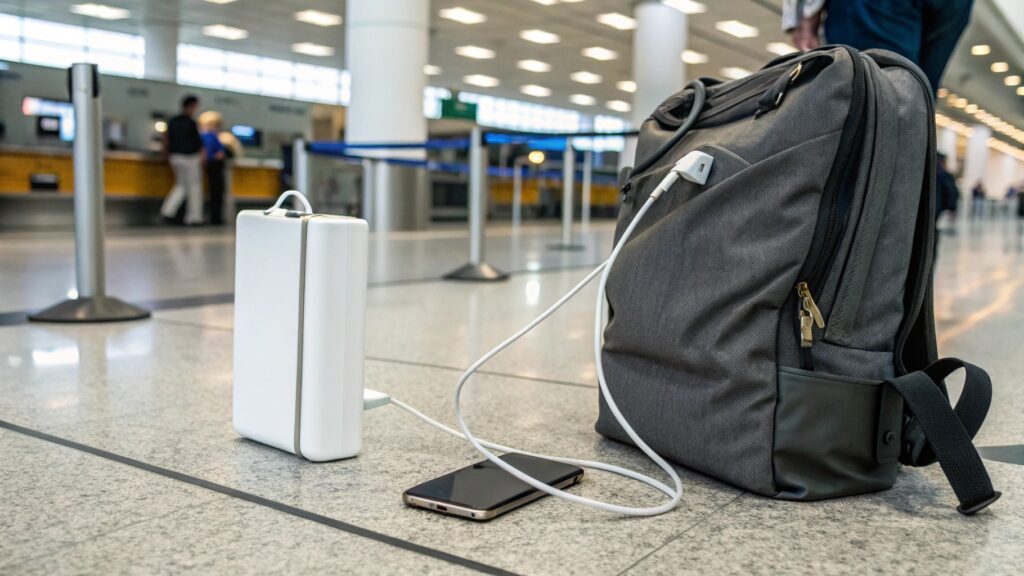
Yes, power banks can be safe for flights, but only if you follow the rules. The main rule is to always carry them in your carry-on luggage. Never put them in checked bags. Their safety depends on a few things. First, the quality of the power bank matters. Cheap, fake, or damaged power banks are much riskier. Good quality power banks from known brands usually have built-in safety features. These features help prevent overcharging or overheating. Second, proper handling is key. Do not drop your power bank. Do not expose it to extreme heat or cold. Third, follow the airline's rules about Watt-hour (Wh) limits. Most airlines allow power banks up to 100 Wh without special permission. Larger ones (101-160 Wh) might need airline approval. Knowing these points means you can fly safely with your power bank. For Jacky, who seeks reliable and safe products, these details are vital.
The Importance of Quality and Certification
The safety of a power bank largely depends on its quality. Reputable brands invest in proper manufacturing and include safety circuits. These circuits protect against overcharging, over-discharging, short circuits, and overheating. Cheap or uncertified power banks often lack these crucial safety features. They might use lower-grade cells or faulty wiring. This increases their risk of thermal runaway. When buying a power bank, look for certifications from trusted bodies. These might include CE, FCC, or RoHS marks. These indicate that the product meets certain safety and quality standards. As a business owner, I always emphasize sourcing high-quality, reliable products for our corporate gifts. It reflects directly on the brand's commitment to safety and quality.
Best Practices for Traveling with Power Banks
To ensure your power bank is safe for your flight, follow these best practices. First, always carry it in your carry-on bag. This allows airline staff to quickly deal with any issues. Second, make sure the power bank is turned off or in standby mode. It is best to keep it in a protective pouch to prevent accidental activation or damage. Third, check the Watt-hour (Wh) rating of your power bank. This is usually printed on the device. If it is not, you can calculate it: (mAh / 1000) * V = Wh (where V is the voltage, usually 3.7V). Fourth, avoid buying unbranded or suspiciously cheap power banks, especially online. Finally, if a power bank ever swells, gets very hot, or smells unusual, do not use it. Dispose of it safely. These steps ensure a safer flight experience for everyone.
Conclusion
Power banks can explode on airplanes due to faulty lithium-ion batteries and improper handling. They must be in carry-on luggage to allow quick detection and control of any thermal runaway.
-
Understanding thermal runaway is crucial for ensuring safety when traveling with power banks. Explore this link to learn more about this phenomenon. ↩
-
Discover why lithium-ion batteries pose risks during flights and how to handle them safely. This information is vital for all travelers. ↩
-
Knowing the Watt-hour limits is essential for safe travel with power banks. This resource will clarify the regulations you need to follow. ↩


